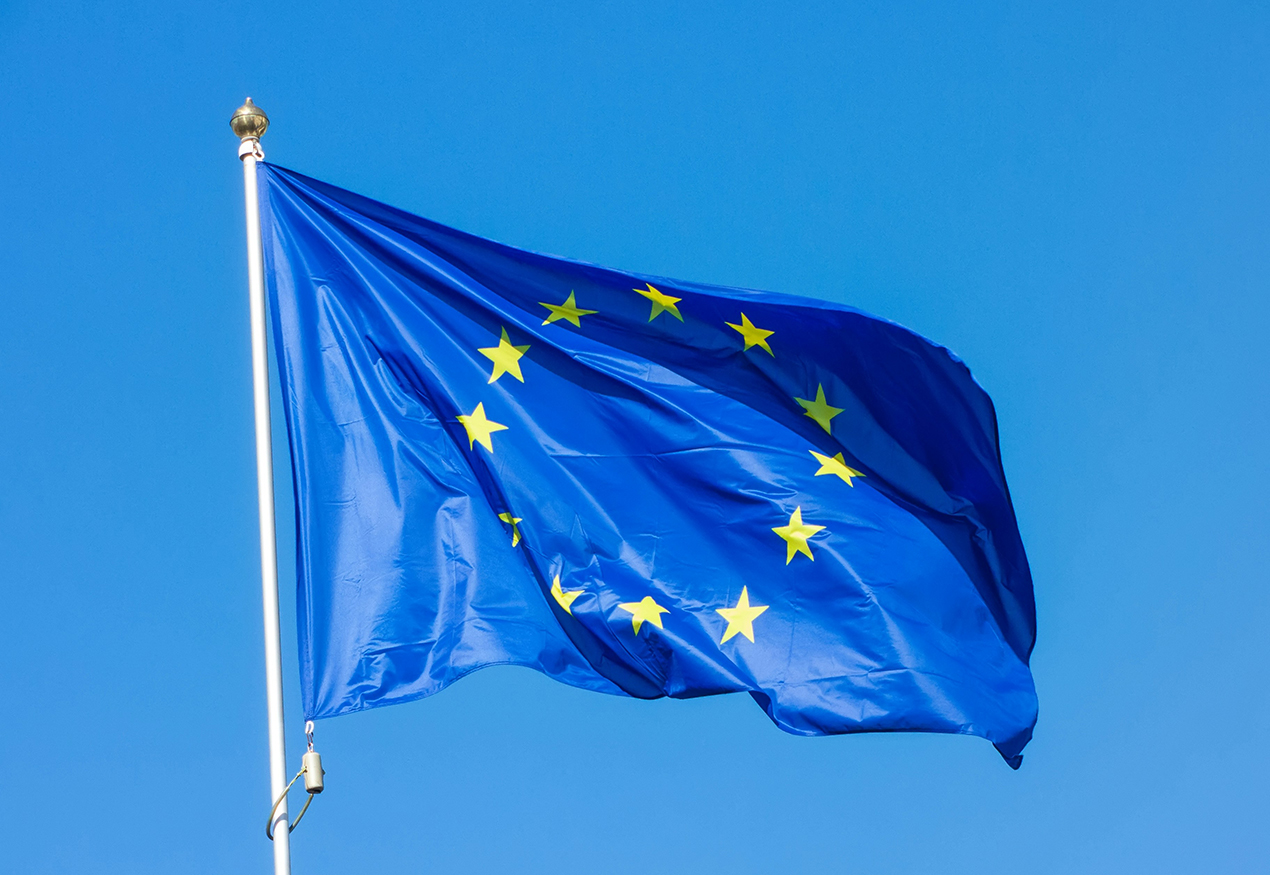News
Eurozone Economic Sensitivity Index and Business Climate Index both Climbed
The monthly survey report released by the
European Commission on the 28th showed that the economic sensitivity index and
business climate index of the Eurozone increased in February this year,
indicating that the economic situation of the Eurozone was improving.
The Economic Sensitivity Index, which shows
overall economic activity, climbed again in February on the basis of strong
growth in January this year. In the euro area, it was 102.7 points, the highest
level since the summer of 2001. In the EU as a whole, it was 104.1 points,
close to 2001. The highest level since the summer.
From an industry perspective, the Eurozone
industrial, retail and consumer confidence indices increased compared with
January, while the construction and service industry indices fell. Across the
EU, sectors with rising indices were the same as those in the euro zone, with
the construction index unchanged from the previous month and the services
sector falling slightly.
From the perspective of member states, the
economic sensitivity index of major EU countries except Spain has increased.
Poland, a populous country, rose another 0.6 points in February after reaching
a record high in January. After falling for four consecutive months, the UK's
economic sensitivity index surged by 6.2 points in February.
The February business climate index
released by the European Commission on the same day showed that after a slight
decline in January, the euro zone business climate index rose sharply in
February, reaching the highest value in five years. The European Commission
said the jump in the euro zone's business sentiment index showed that
industrial production growth in the euro zone has accelerated since the
beginning of this year.
The business climate index is based on
monthly surveys of industrial management. The index's rise in February was
largely driven by managers' optimism about industrial production in recent
months. In addition, they are optimistic about the trend of industrial orders
and export orders, and are cautiously optimistic about the trend of industrial
production in the coming months and the inventory situation of manufactured
goods.

